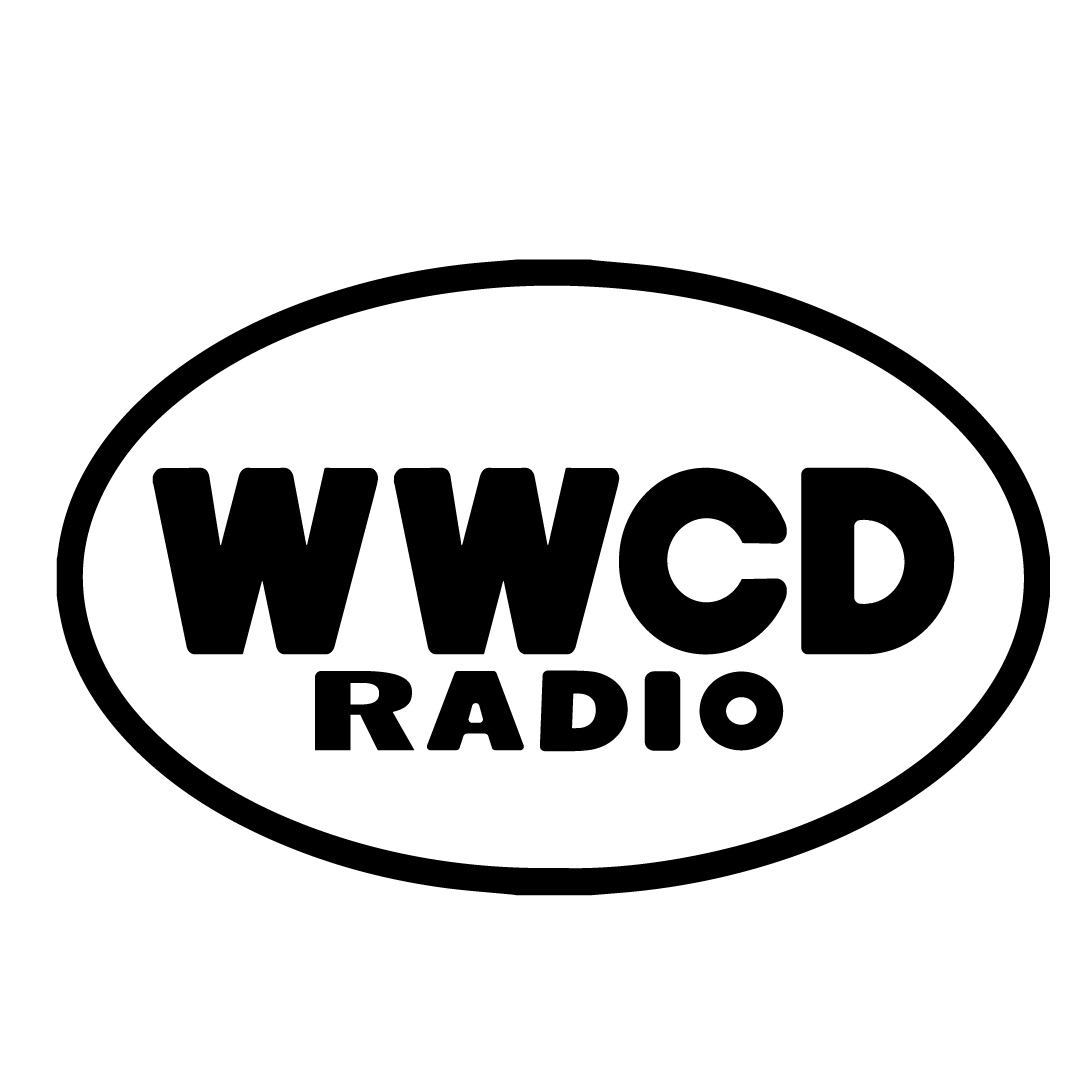Listeners:
Top listeners:
-
play_arrow
Fun Size Trending Topics September 23, 2021. His Name? St. Dangerous Of Course CD929


For “Song History Saturday” we take a song each week and break down some of the details about the writing, recording, and sometimes the legacy of the song. The Cure are playing in Cleveland, Ohio tomorrow night, and it’s their first show in Ohio since 2008 (the last time they played in our neck of the woods was in 1996 at the now-defunct Polaris Amphitheater). Needless to say, if you’re a lifelong fan of alternative music, there’s a good chance you are either going or wish you were going to the show.
 So today, we are going to discuss the history of The Cure’s biggest U.S. hit, “Lovesong.”
So today, we are going to discuss the history of The Cure’s biggest U.S. hit, “Lovesong.”
Robert Smith met Mary Theresa Poole in their drama class when he was just fourteen. Poole was known at their school for being an incredibly nice person, Smith later described her as always having been beautiful inside and out. Smith and Poole dated throughout high school, and danced for the first time to David Bowie’s “Life on Mars?” an experience Robert Smith said in 1990 that he would relive if he could pick any moment.
After high school, Smith planned to pursue music like he’d been working toward since his older brother taught him some chords starting when Smith was seven years old. Poole worked as a model before becoming a nurse for special needs children. Poole was not as confident in Robert Smith’s ability to make a career in music as he was, but as much of a rift as that could have created between the duo, it drove Smith to work harder at his career. And to her credit, Poole was always there to comfort Smith as he struggled with depression. Smith has credited her with this and more, stating:
“I actually don’t think she has ever realized how dependent I’ve been of her during all these years we’ve been together. She’s always been the one that has saved me when I have been the most self-destructive, she’s always been the one that has caught me when I have been so very close to fall apart completely, and if she would have disappeared – I am sorry, I know that I’m falling into my irritating miserable image by saying it – then I would have killed myself.”
As time wore on, Mary Poole gradually came to accept that The Cure was a successful band and would continue to be. She left her job to go on the road with Smith.
In 1987, Robert Smith penned “Just Like Heaven” after a seaside trip he and Poole had taken. If you haven’t noticed, “Just Like Heaven” comes very close to being a romantic song, but the romantic interest of the song has since perished. It’s proof of Smith’s fear of writing about love sincerely to that point. Mary appears as the apparition of the lover in the music video.
By 1988, Smith and Poole had been together for nearly half of their lives. By common law, they were essentially married, but their families wanted them to make it official. So as they prepared to be wed, Robert Smith penned a “Love Song” for his future bride, Mary Poole. “Lovesong” is a pure love song. So many love songs through the years like “Layla” or “Something” are marred by a later divorce, but Smith’s devotion to his wife only makes “Lovesong” all the more beautiful. “It’s an open show of emotion,” Smith said of the song, “It’s not trying to be clever. It’s taken me ten years to reach the point where I feel comfortable singing a very straightforward love song.” Lyrically, the song speaks of the lover making the narrator feel like he’s “home again” and “whole again,” two sentiments that go much further than the simple word “love.”
Editor’s note: If you had asked me to guess which Cure song was their biggest hit, I fully would have guessed that it was “Friday I’m in Love,” the Robert Smith-declared Cure song for people who don’t like The Cure. But it was not! My partner likes to describe emotional hits as happening because “deep calls to deep.” I think it is the undeniable love conveyed in this song that makes it such a hit. “Friday I’m in Love” is a parody of pop love songs. “Lovesong” is a real, true love song about lasting love.
By the way, before someone out there says it, “The Lovecats” is not a love song. Smith was inspired to write it after reading The Vivisector, in which a character drowns a bag of kittens.
-Just Emma (JustEmma@CD929FM.com)
Written by: Emma Sedam
Song History Saturday the cure

